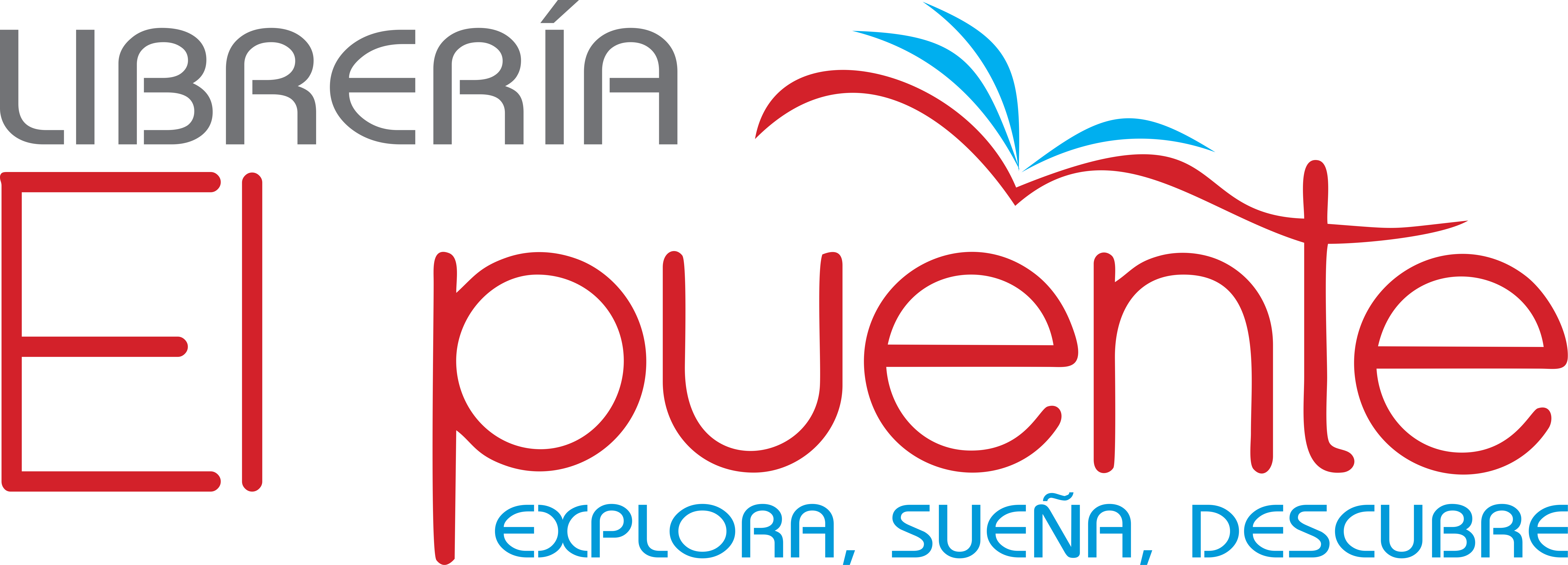Chef for DevOps: Automate Infrastructure Using Chef Tools & Templates Chef 15 1 INTERMEDIATE
Content
Ansible is simple and easy to use and can be learned by many users. Conversely, Chef comes with numerous functions and helps perform complex information technology operations. Ansible uses the playbook to describe automation chef certification devops jobs, and playbook, which uses simple language, i.e., YAML. YAML is a human-readable data serialization language & commonly used for configuration files, but it can be used in many applications where data is being stored.
There are some unique characteristics in both of these configuration management tools that makes them popular in DevOps. Considering their individual’s perks and demerits, pick the one that best fits for your organization’s requirements. Chef is an agent-based tool wherein chef-client pulls https://remotemode.net/become-a-java-developer-se-9/owasp-proactive-controls/ the configuration information for the managed node from Chef Server. The chef-client installs on every node to execute the actual configuration, and it uses the Ruby programming language. This workstation makes the interaction with Chef-server possible and also with the Chef-nodes.
What Are Important Pre-Requisites For DevOps Professionals?
See Chef’s official documentation for more in-depth information on Chef Workstation and its tools. Without a doubt Chef is one of the most famous Configuration Management tools and is closely competing with Puppet. But, before diving deep into “What is Chef”, it’s only fair that I first explain what is Configuration Management and why it is important. Chef is a tool used for Configuration Management and is closely competing with Puppet.
- Microsoft Azure DevOps is a cloud service that enables developers to collaborate on code development projects and create and deploy applications quicker than ever before.
- If you created an inventory file and populated it, then Ansible can use it.
- Any changes made to your infrastructure code must pass through the Chef server to be applied to nodes.
- We will also install a workstation that will allow us to interact with our server and build our configuration policies.
Whether you need to automate, design, or manage configurations manually, a configuration management tool plays a critical role in your DevOps project. Out of the various configuration management tools available, two of the most popular technologies advancing DevOps is Chef and Terraform. Before implementing any of these DevOps tools, it’s crucial to know the difference between them. An administrator can define operational processes with the policy feature in the Chef Server.
The power of the cloud: unlocked through great architecture.
Chef Automate is a supplemental tool people can use to facilitate automation for infrastructure, security and applications. It shows real-time data and helps users collaborate across teams. Chef Automation also has prebuilt profiles for maintaining system compliance, including through software patch deployment and other security measures. Configuration management is mainly concerned with the creation, maintenance, controlled change and quality control of the scope of work. Chef is one of the best configuration management tools, that benefits the entire organization infrastructure. Attributes define specific values about a node and its configuration.
I will use vim editor, you can use any other editor that you want like gedit, emac, vi etc. Chef DK is a package that contains all the development tools that you will need when coding Chef. Later in the blog, I will show you how to write a Recipe to install Apache2 package on Chef Nodes by writing a ruby code in Chef Workstation. The client will then check in every now and again to make sure that no changes have occurred, and nothing needs to change. Patches and updates can be rolled out over your entire infrastructure by changing the recipe. When you have five or ten servers, it is still possible to do this manually, but it may take all day.
When is Terraform Preferred?
The ChefDK includes other command line tools for interacting with Chef. These include knife for interacting with the Chef Infra Server, and chef for interacting with your local chef code repository (chef-repo). Recipes and cookbooks are the heart of the configuration management. They are written using the Ruby programming language, however, the domain specific language used by Chef is designed to be able to be understood by everyone. As the configuration is just code it can be tested and it can be version controlled.
What is Chef vs Puppet?
The chef has you working with cookbooks and recipes, while Puppet works with manifests and modules. Recipes and manifests, as a rule, describe single concepts, while cookbooks and recipes describe more general concepts.

Deja una respuesta